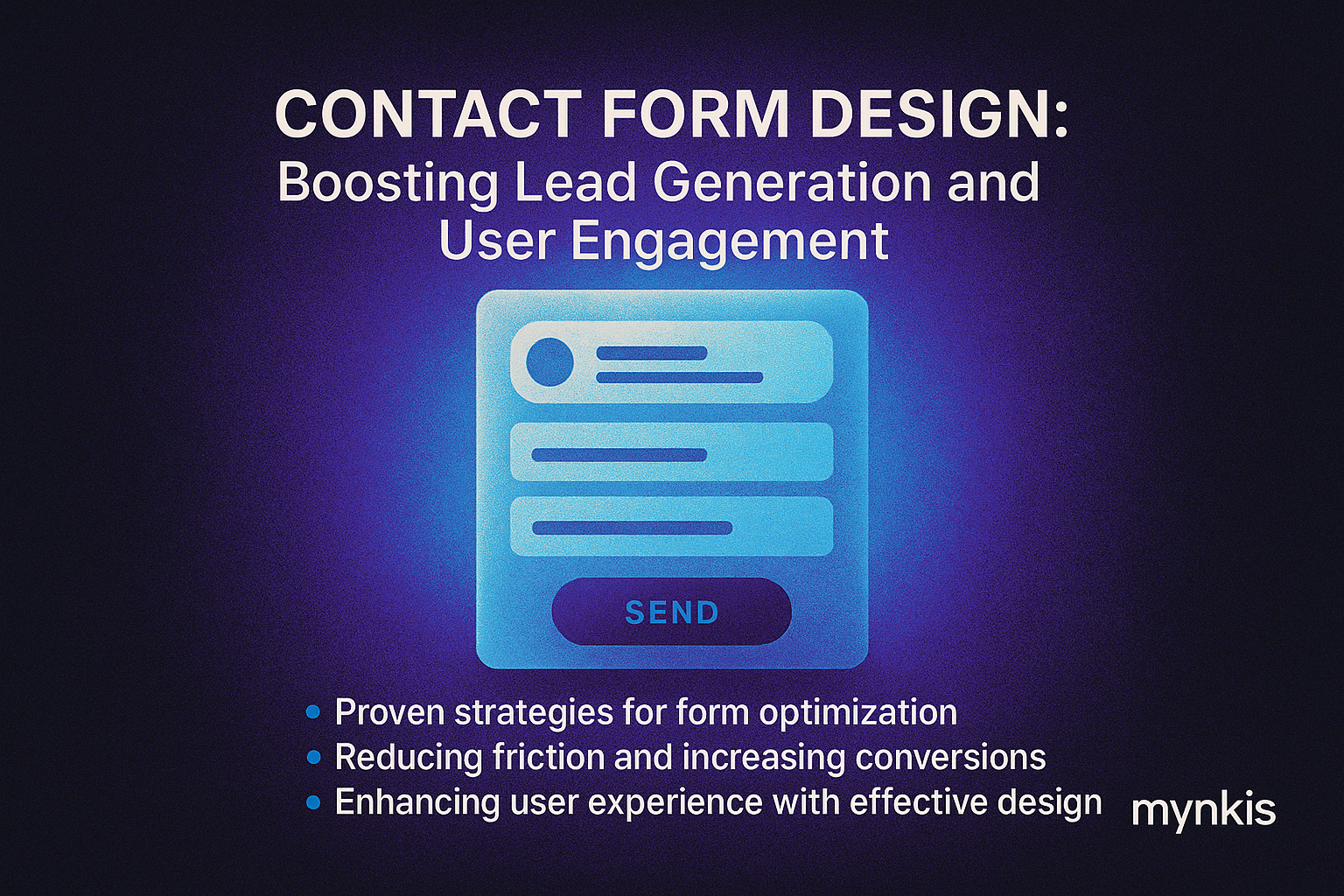Schedule a Demo
In the realm of website development, a contact form isn't just a box to check off. It's a bridge between your brand and potential clients or customers. Custom software development can transform a simple contact form into a powerhouse of enterprise web solutions, enhancing lead generation and SEO efforts for B2B websites.
The contact form is often the first point of interaction for potential leads. I've observed in my work with C-level executives that a streamlined contact process can significantly boost conversion rates. In my experience, an optimized form can be the difference between a visitor bouncing off the site or taking the next step to engage with your business.
Moreover, for firms needing integrations and automation software, the contact form can be integrated with CRM systems, email marketing tools, and analytics platforms. This integration not only streamlines internal processes but also provides valuable data on user behavior, helping tailor content and outreach strategies.
A successful contact form should be user-friendly, aesthetically pleasing, and secure. In my projects, I've found that keeping the form fields to a minimum while ensuring all essential information is captured can dramatically improve user engagement. Consider implementing fields for name, email, and a text box for the message, but don't overwhelm users with unnecessary fields.
A well-designed form should also integrate with your company's visual branding. This consistency enhances trust and professionalism. You might think, "What's the big deal with a few colors and logos?" But in my experience, it makes a substantial impact on user perception and interaction rates.
Security is another non-negotiable element. In today's cyber-aware environment, users need reassurance that their information is protected. Implementing CAPTCHA or reCAPTCHA can filter out bot submissions, ensuring your team only deals with legitimate leads.
For firms looking to automate their lead capture and follow-up processes, integrating your contact form with automation software can be a game-changer. By using APIs, you can ensure that data from the contact form seamlessly flows into your CRM system, triggering workflows tailored to user inquiries.
In my discussions with marketing directors, I've seen how automated responses can be set up to thank users immediately upon form submission, providing them with additional information or resources to nurture the lead even while they wait for a personal response from your team.
A contact form can also play a role in your site's SEO strategy. Properly labeled form fields with appropriate HTML attributes improve the user experience for screen readers and help search engines understand your site's structure better. Making sure your form is accessible is not only ethically sound but also boosts your enterprise web solutions by catering to a broader audience.
From an SEO perspective, ensure that your form's thank-you page is SEO-friendly and that it aligns with user intent. This page can be an opportunity to offer additional resources or follow-up actions to further engage the visitor.
Designing your contact form to guide users effortlessly through the submission process is key. Inline validation helps users correct errors on the spot without feeling frustrated. Clear, concise instructions or placeholders within the form fields tell users exactly what you need from them.
Mobile optimization is critical as more business leaders access websites on their devices. In my observations, forms that look great and function flawlessly on smartphones and tablets keep users from abandoning the process mid-way.
Additionally, using a multi-step form might seem counterintuitive, but I've seen it work effectively for gathering detailed user information without overwhelming them. Breaking down the process into digestible steps can lead to higher completion rates.
To determine the success of your contact form, tracking form submissions, conversion rates, and user feedback is vital. Tools like Google Analytics can offer insights into how well your form is performing. Based on available research, continuous A/B testing of different form elements can lead to iterative improvements, but individual results may vary.
In my collaborations with tech entrepreneurs, the importance of adapting to user data has become clear. By understanding which form designs garner more responses, we can tailor and refine our approaches to maximize lead generation.
Finally, ensuring your contact form remains relevant to your business's evolving needs is essential. Listening to your audience and being willing to make changes based on their feedback upholds custom software development standards by maintaining a dynamic and responsive user interface.
